You’ll likely encounter vomiting at some point with your four-footer, and while it isn’t always serious, it’s important to investigate the root cause to discern if your dog needs emergency veterinary care or not.
White foam vomit is a particularly perplexing experience that leaves many owners scratching their heads.
Today, we’ll chat about why your dog may vomit white foam and what you should do about it.
My Dog Is Throwing Up White Foam: Key Takeaways
- Most dogs will vomit from time to time, and sometimes, their vomit will be white and foamy. This usually isn’t a life-or-death issue, but you’ll want to consider any other symptoms your dog is exhibiting and act accordingly.
- If your dog only barfs up white foam once and appears otherwise healthy, you can likely take a wait-and-see approach. However, you’ll want to contact your vet at once if your pet vomits multiple times, exhibits any other troubling symptoms, or has any underlying health problem.
- As with anytime your dog vomits, you’ll want to take good care of your pooch afterward. This essentially means providing water slowly, withholding food for 12 to 24 hours, and generally letting him take it easy.
What Does It Look Like When Your Dog Vomits White Foam?
When a dog vomits white foam it looks just like, well, foam. Think of a frothy white mixture that can appear bubbly, like fizz on top of a root beer, or lay flat, like spilled bath water. And while white foam is (…wait for it…) white, it may vary a bit in color, ranging from clearish to milky white.
This freaky phenomenon is more common in some dogs than others, which we’ll discuss below.
Reasons Your Dog May Throw Up White Foam

As with all pup ailments, there isn’t a one-size-fits-all diagnosis for dogs who vomit white foam. Some causes are more or less troubling than others, but all deserve investigation to eliminate potentially life-threatening causes.
The most common causes of white foam vomit in dogs are:
- Bilious vomiting syndrome (BVS): Commonly seen in the morning, BVS dogs spit up yellow bile that may appear white due to air bubbles made during expulsion.
- Indigestion: Typically caused by food sensitivities, indigestion can make your dog spit up foam.
- Grass ingestion: Dogs sometimes eat grass to soothe a sour stomach, but the grass may actually cause your dog to vomit vomiting a sticky or foamy white mixture.
- Acid reflux: This causes stomach acid to be coughed, burped, or spit up. Like BVS, it may appear yellow at times and can occur if your dog hasn’t eaten for an extended period. Famotidine may be able to help, with your vet’s OK.
- Eating people food: Most human food is too rich for your dog’s tummy, so it can cause GI upset. Your pooch may not regurgitate the food at first, but instead retch and create a frothy mixture a little later.
- Bacterial infection: Like us, four-footers can get the occasional stomach bug or illness that causes vomiting.
- Kennel cough: The persistent, hard hacking seen in kennel cough can cause your dog to spit up foamy white spit.
Other causes of white foam vomit are more serious and require immediate veterinary attention, including:
- Bloat or gastric dilatation and volvulus (GDV): A painful condition in which a dog’s stomach fills with air (bloat) and potentially twists on its axis (GDV). This condition causes retching, a hunched posture, and the production of a clear, frothy vomit. Not all dogs suffering these conditions vomit, however.
- Tracheal collapse: Some dogs experience a narrowing or complete collapse of the trachea (windpipe) over time, leading to vomiting, coughing, and wheezing.
- Toxin exposure: Poisoning can lead to vomiting as your pup’s body attempts to remove the toxin from his system.
- Pancreatitis: A hunched back and ongoing vomiting can be signs of this pancreatic condition.
- Obstruction: As with poisoning, a dog who’s swallowed something foreign may vomit as his body tries to dislodge the item.
- Kidney disease: Pups suffering from kidney ailments may experience vomiting, increased thirst, weight loss, and more.
- Parvo: Causing severe vomiting and diarrhea, this incredibly infectious virus is preventable with proper puppy vaccination shots.
- Rabies: As with parvo, rabies is an infection that’s preventable with regular vaccinations and may cause vomiting, “foaming” at the mouth, extreme aggression, and inevitably, death.
As you can see, the causes of white foam vomit in dogs are wide-ranging. This makes tracking your dog’s other symptoms paramount. Note all symptoms your dog is experiencing to help with his diagnosis, including eating and drinking habits, activity levels, and changes in pottying.
The Difference Between Vomiting and Regurgitation
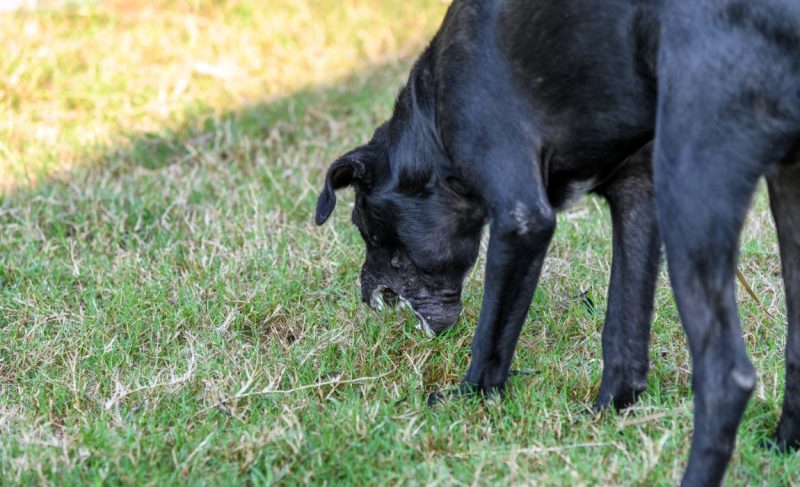
It’s also important, when caring for a barfing bestie, to determine if your dog is vomiting or if he’s simply regurgitating. While they may seem like the same thing, these are two unique actions with different causes, and many dogs believed to be vomiting are actually regurgitating.
In practice, white, foamy material is usually the product of vomiting rather than regurgitation.
When your dog vomits, he expels food or material that’s made its way deep within the digestive tract, while a regurgitating dog spits up food or water that was recently ingested. Also, vomiting typically involves forceful retching, whereas regurgitation involves the relatively gentle expulsion of food.
You’ll notice a difference in the spit-up material, too, with regurgitated piles having a food-like appearance — sometimes with intact kibble pieces — since it hasn’t been digested yet. Regurgitation may also produce a clear substance that can make it seem like your dog is vomiting up water. This can happen if your dog has recently ingested too much water at once, such as during hose play.
As for vomit, it may still have a slight resemblance to food, though it’s generally a mushy or watery consistency that comes a rainbow of colors, from white to green or even black.
Does My Dog Need to Go to the Vet for Vomiting White Foam?
It’s always best to call your vet if your dog is vomiting white foam, just to be safe. Mention any additional symptoms your pooch may be experiencing, as well as any recent lifestyle changes, such as a new food, move, or new puppy playgroup.
Nevertheless, an isolated case of white, foamy vomit with no other symptoms shouldn’t be cause for panic. During your check-in call, your vet may recommend monitoring your pooch and going easy on food for a few meals. Keep your vet in the loop with his progress and note any ongoing vomiting or additional symptoms.
In other cases, a vet trip is recommended right away rather than a phone call, including:
- Multiple instances: A dog that is repeatedly vomiting white foam may be experiencing a veterinary emergency such as bloat or poisoning, as noted above.
- Additional symptoms: If your dog appears to be in pain, is lethargic, or showing other symptoms of distress or illness, it’s time to bring him in as soon as possible.
- Pre-existing conditions: Pups suffering with certain illnesses are more at risk during vomiting episodes than others, especially if your dog is having a hard time keeping his regular medications down.
- Puppy or senior: Puppies and seniors are more susceptible to dehydration and other complications of vomiting. They’re also the most at-risk age groups for serious illnesses behind vomiting up white foam, such as parvo or organ disease.
Don’t have easy access to a vet? You may want to consider getting help from JustAnswer — a service that provides instant virtual-chat access to a certified vet online.
You can discuss the issue with them, and even share video or photos if need be. The online vet can help you determine what your next steps should be.
While talking with your own vet — who understands the ins and outs of your dog’s history — is probably ideal, JustAnswer is a good backup option.
What Do You Do for a Dog Who’s Vomited White Foam?
Even if your pooch has only vomited white foam for a relatively benign reason, like overindulging in treats, you’ll need to take good care of him after barfing to ensure he feels better.
For starters, you’ll want to make sure he has plenty of water to drink, as your pet will need to rehydrate after vomiting and regurgitating. But this doesn’t mean you want him to guzzle a gallon of water — that may just make him barf again.
Instead, let him lap up a small amount of water then take it away for 15 to 30 minutes. If he keeps the water down, you can give him a bit more and make sure he keeps this down too. If everything is going smoothly, you can just give him free access to water after about an hour or so.
You’ll also want to withhold food for about 12 to 24 hours to give his digestive tract a chance to rest and recover. Then, once you’re ready to begin offering food again, start by feeding him gentle foods for an upset stomach that are easy to digest, such as a bit of white rice and boiled chicken.
***
Has your dog ever vomited up white foam? What was the culprit? Be sure to tell us all about it and share any questions you may have in the comments below!
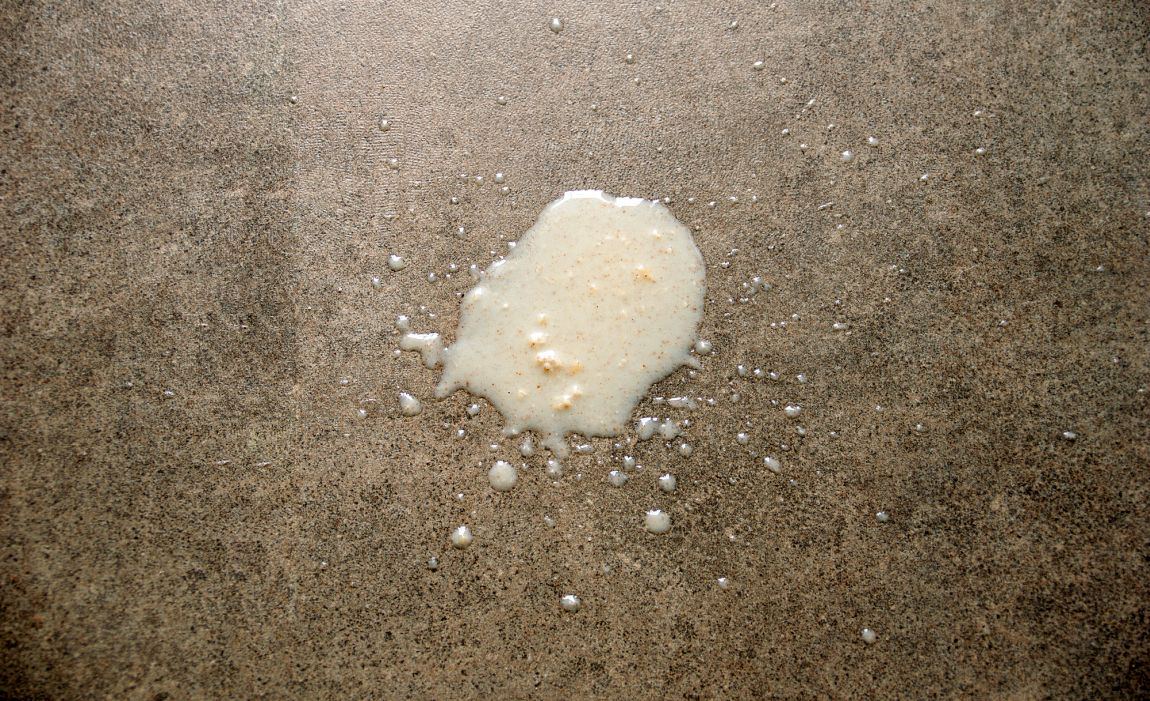


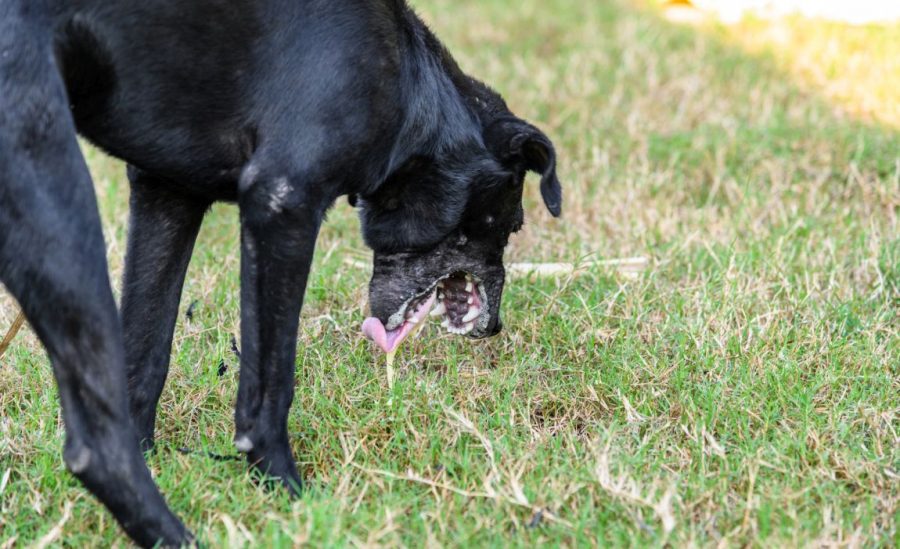




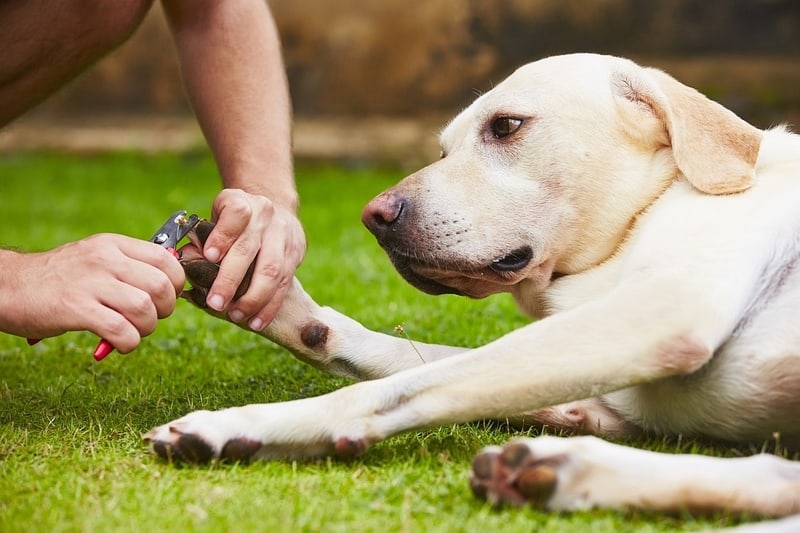
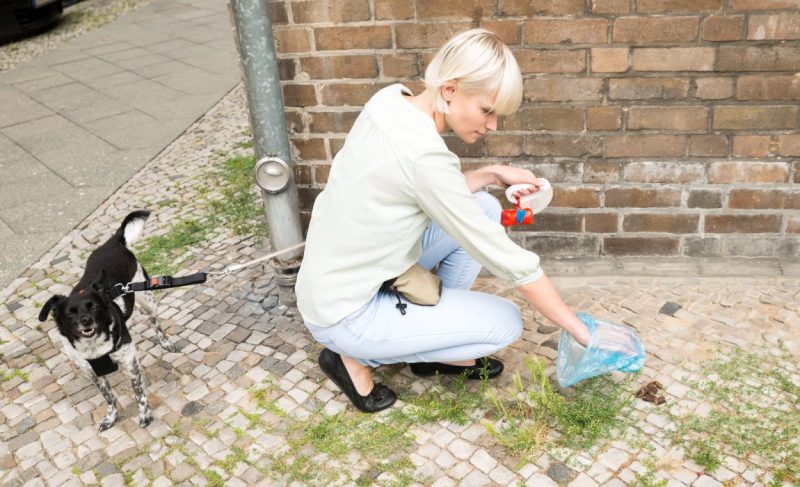
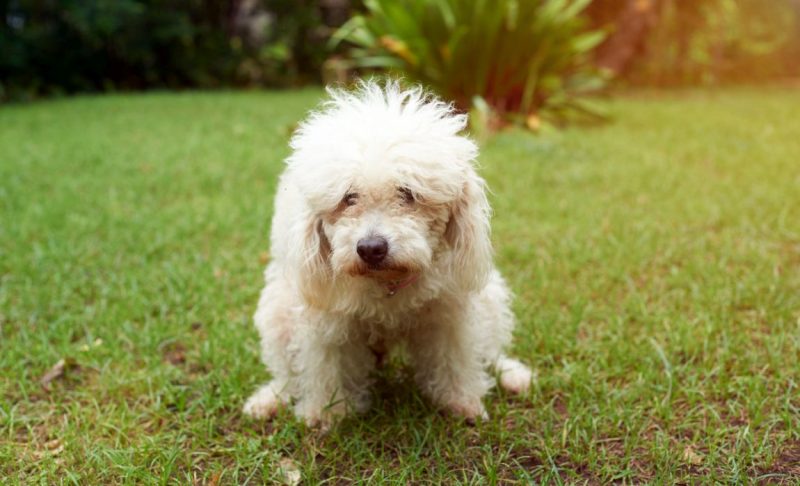

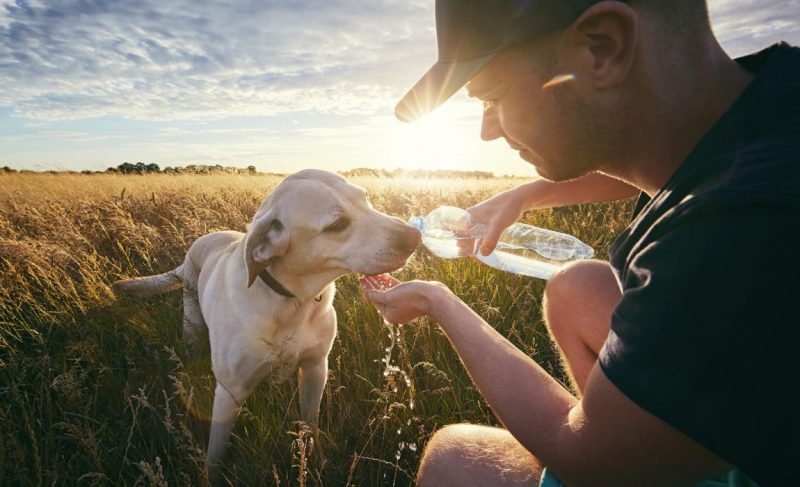

Leave a Comment